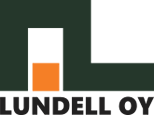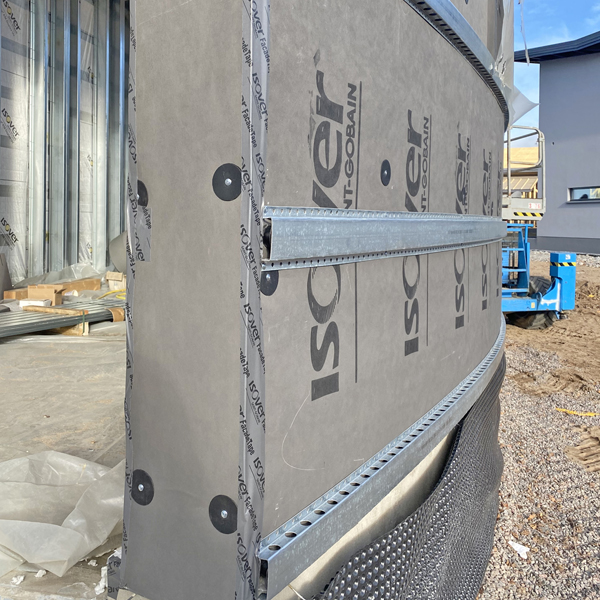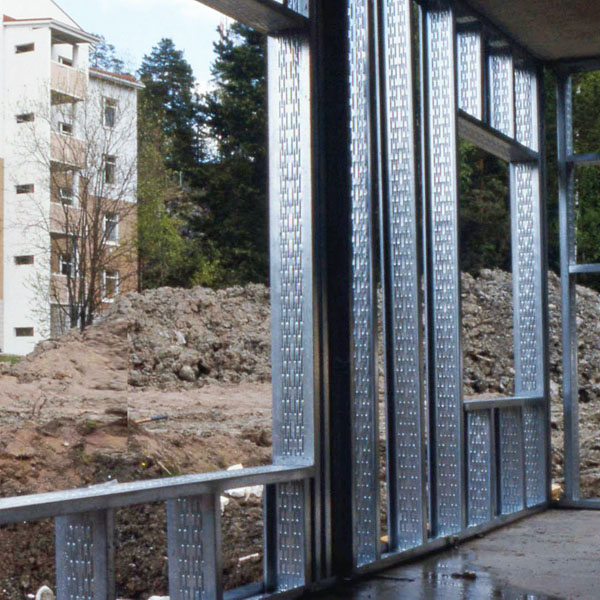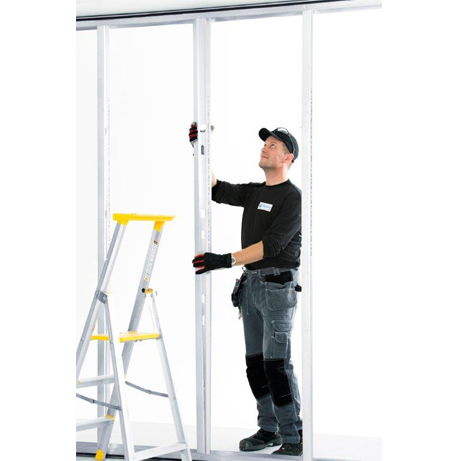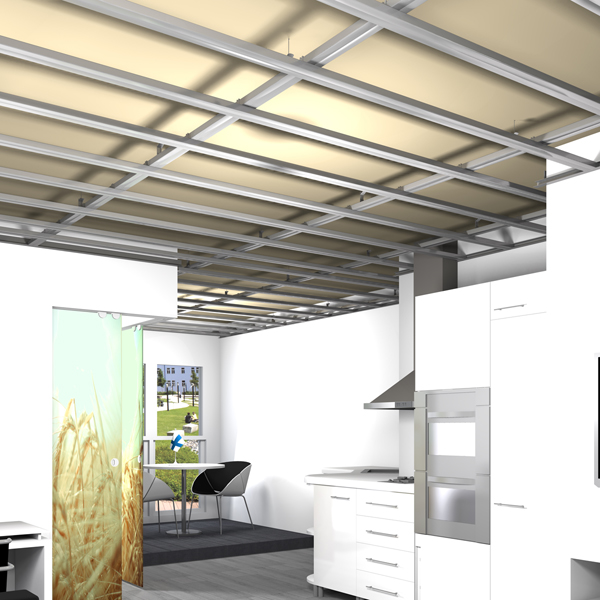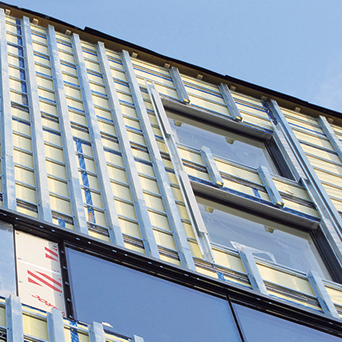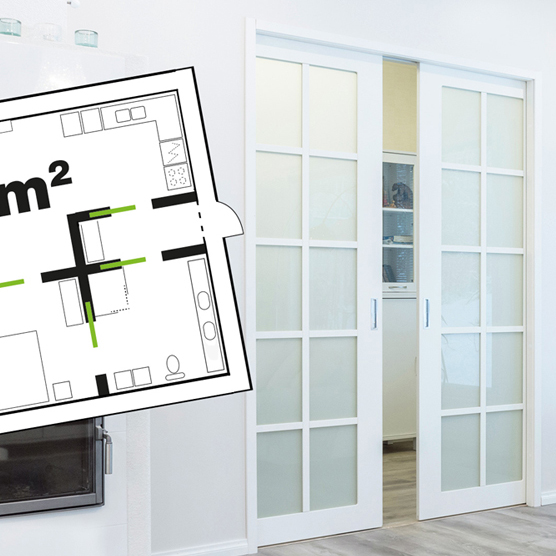Pyörrewill revolutionize the construction industry
Aulis Lundell Oy will implement the steel-framed Pyörre House for the Finnish Housing Fair 2021 inLohja. The carbon footprint and carbon handprint of the house designed by Matti Kuittinen have been accurately calculated.
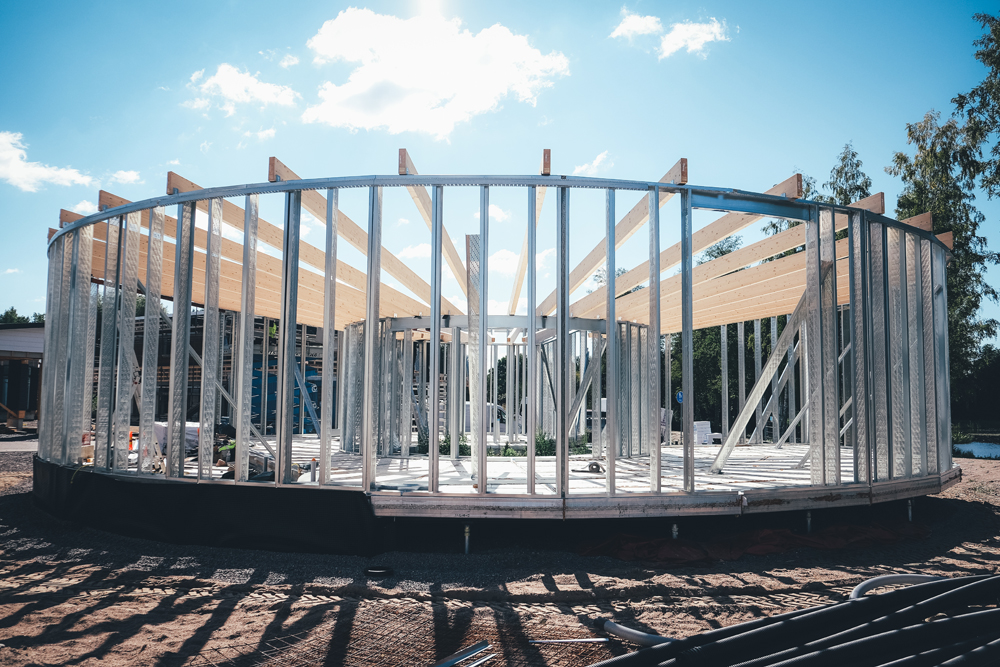
The round shape of the house immediately arouses interest, and the use of steel elements in the frame trim further enhances it.The building products of the house have been selected so that as much of them as possible would contain recycled materials or be recyclable at the end of their life cycle.As a result, the benefits of building material recycling and long-lived carbon stocks outweigh the climate disadvantages of building materials manufacturing and are about twice the emissions from a building's energy consumption.
The future residents of the house
An entrepreneur couple who have toured the world have found the home of dreams in Lohja. The Pyörre House, which fulfills special wishes, will be completed at the Lohja Housing Fair in 2021. The roundhouse becomes a nest-like home – in the middle of everything, but still in its own peace. The windows of the roundhouse open mainly from the inside, and the glass terrace in the courtyard, for example, provides the residents with complete peace.
Read more from Pyörre-house-sitewww.en-pyörre-talo.fi
Steel makes the form possible
As a material, steel is the best material for such organic forms. It bends and meets all the requirements for comfort, durability, and environmental friendliness throughout the life cycle of the building. Thanks to its strength, steel is lighter in use than other materials and is 100% recyclable.Likewise, its sound management and fire safety features are superior.
- House Pyörre is designed for the best energy efficiency class. The thermal insulation of the structures is good, and heat pumps and solar panels are used to generate energy. Therefore, the annual energy consumption is very low.
- The building is made of prefabricated steel elements. The carbon footprint of the manufacture of these and other building materials is more than 50% of the building's entire life cycle emissions.
- The design of the building has sought to emphasize the circular economy. The majority of the steel used has been recycled, and other structures have also strived for the highest possible recycling rate.
Circular economy - the responsibility of more sustainable future
A vortex house is a dissertation on how much of a building can be made using recycled raw materials, says architect Matti Kuittinen. All building materials are listed for future recycling, and recycling methods have been clarified in advance. The house rests on slender steel beams, so the plot does not suffer from the foundations either.
– Measured by weight, half of the world's raw material use goes to construction, so the transition to a circular economy must be rapid. It is the designer's responsibility to think about the building beyond its service life - all the way to demolition, Matti Kuittinen emphasizes.
The products used in Pyörre-house
In order to achieve the goals, the quality criteria of the products used in the house are strict. The products used in construction must meet the requirements of the designer and future residents.
